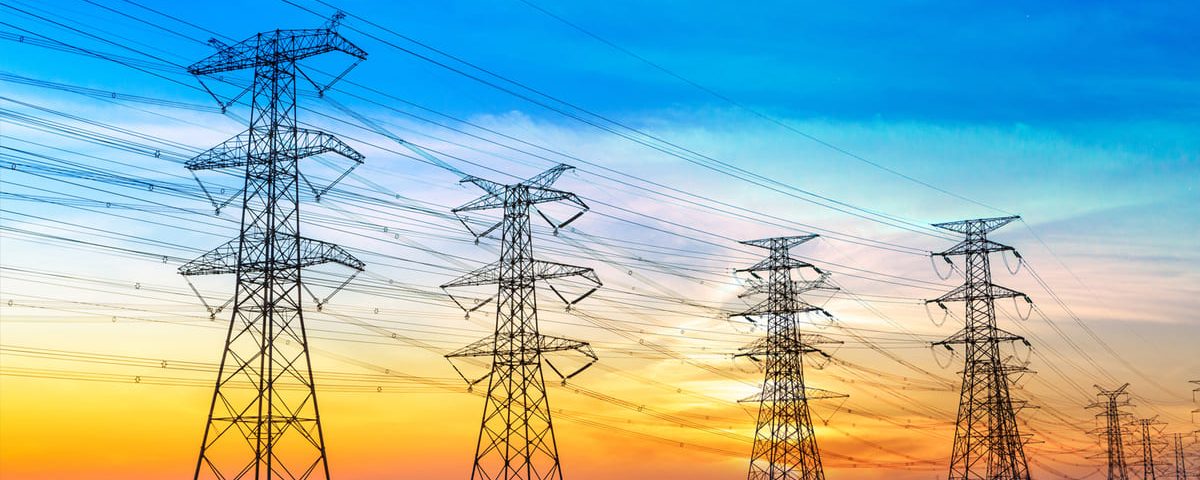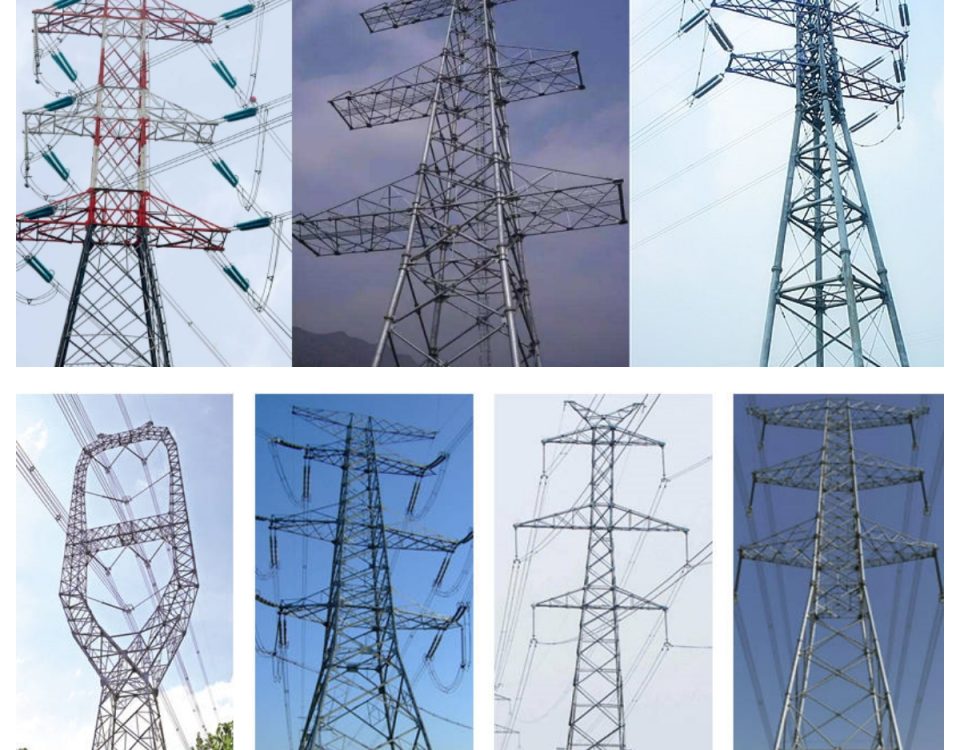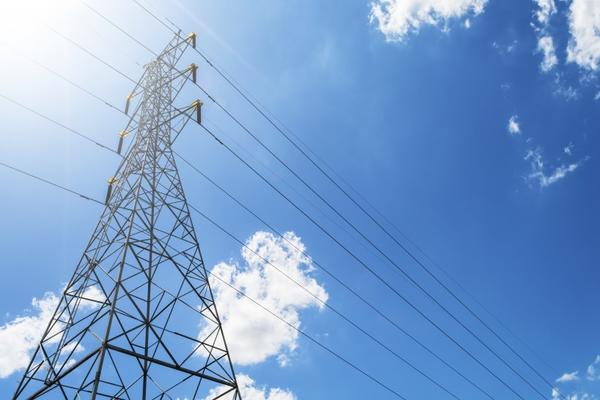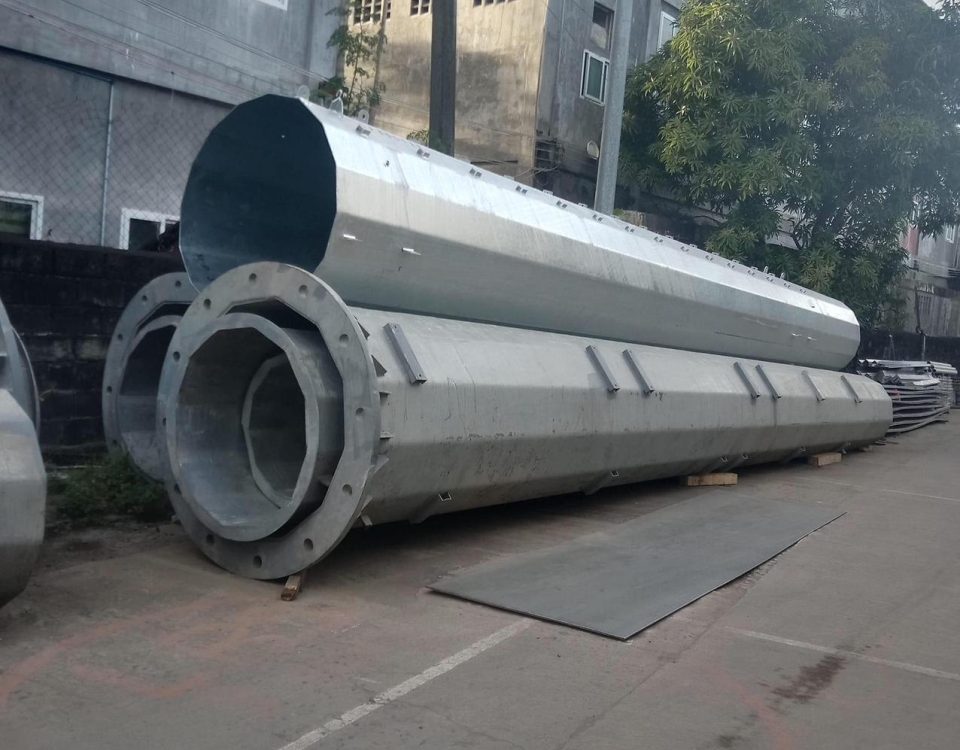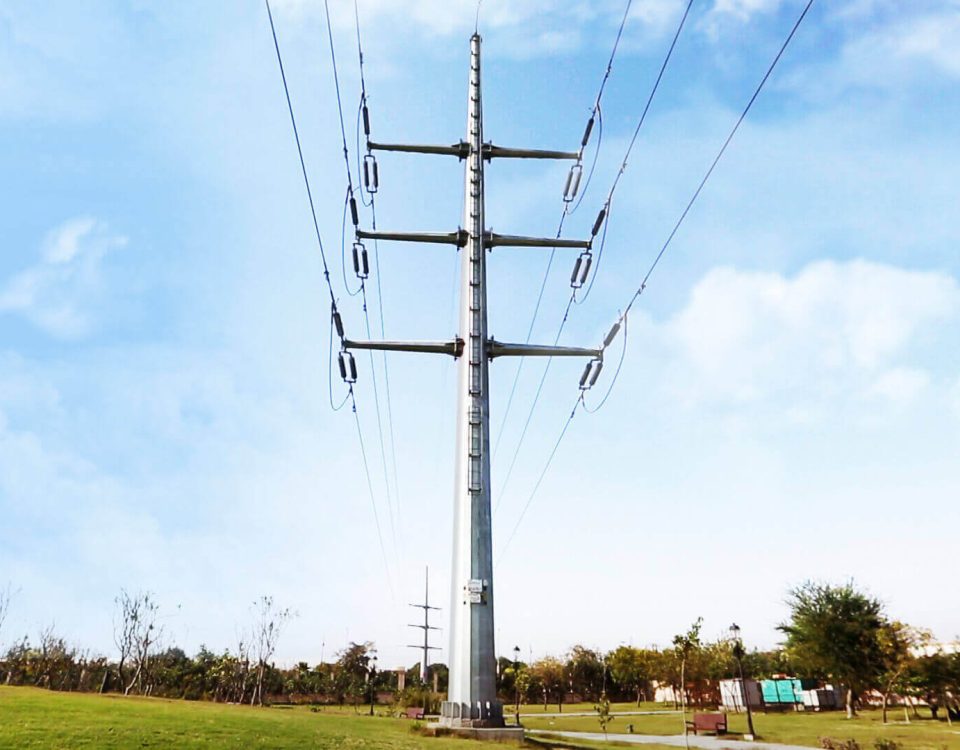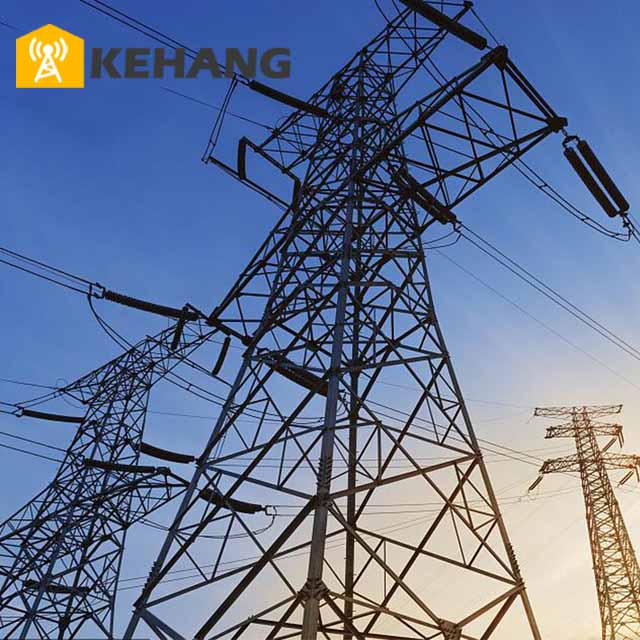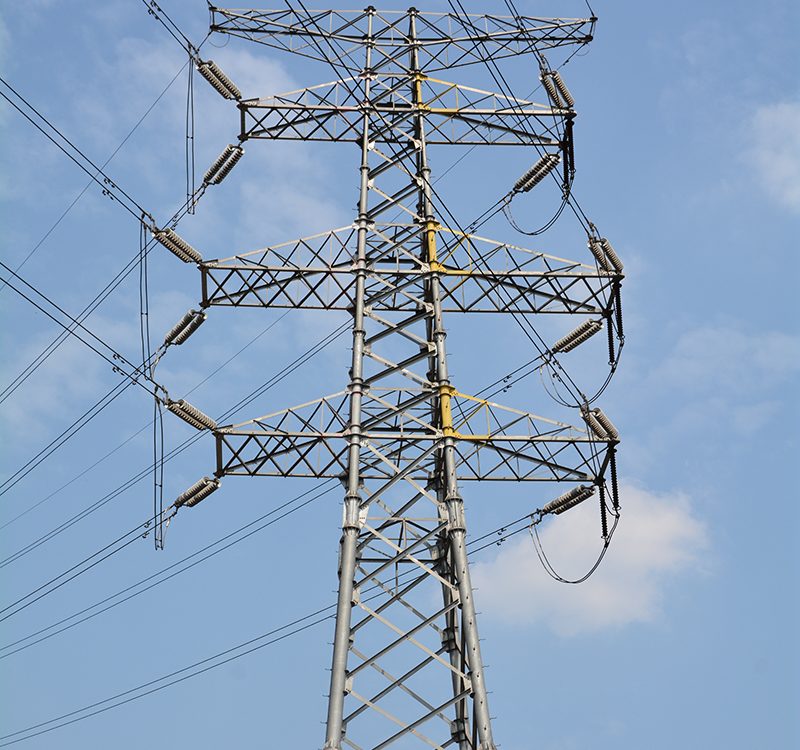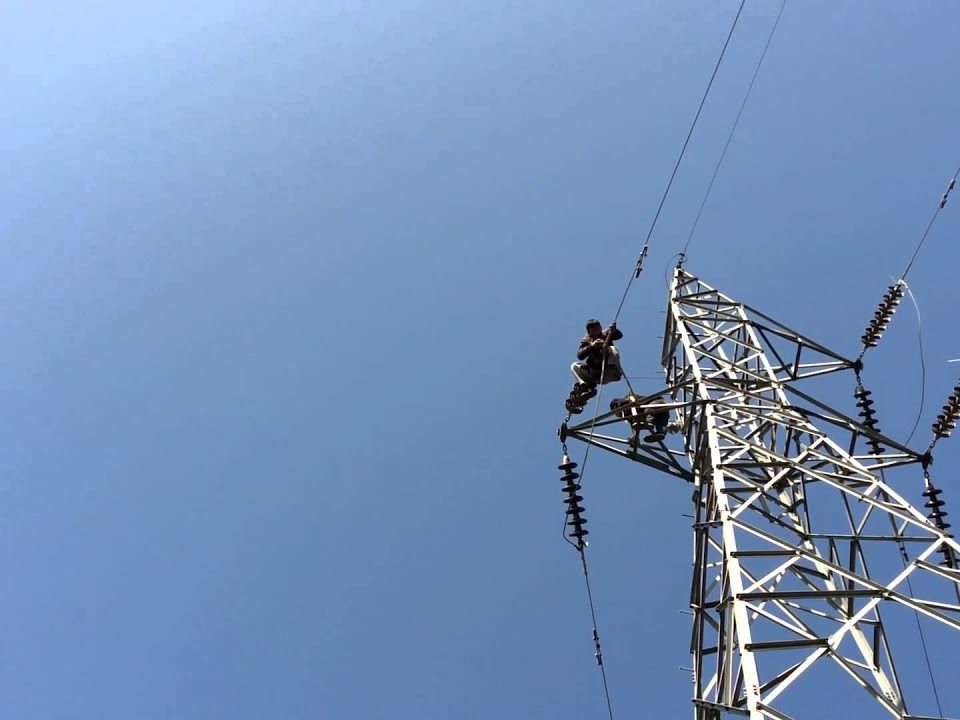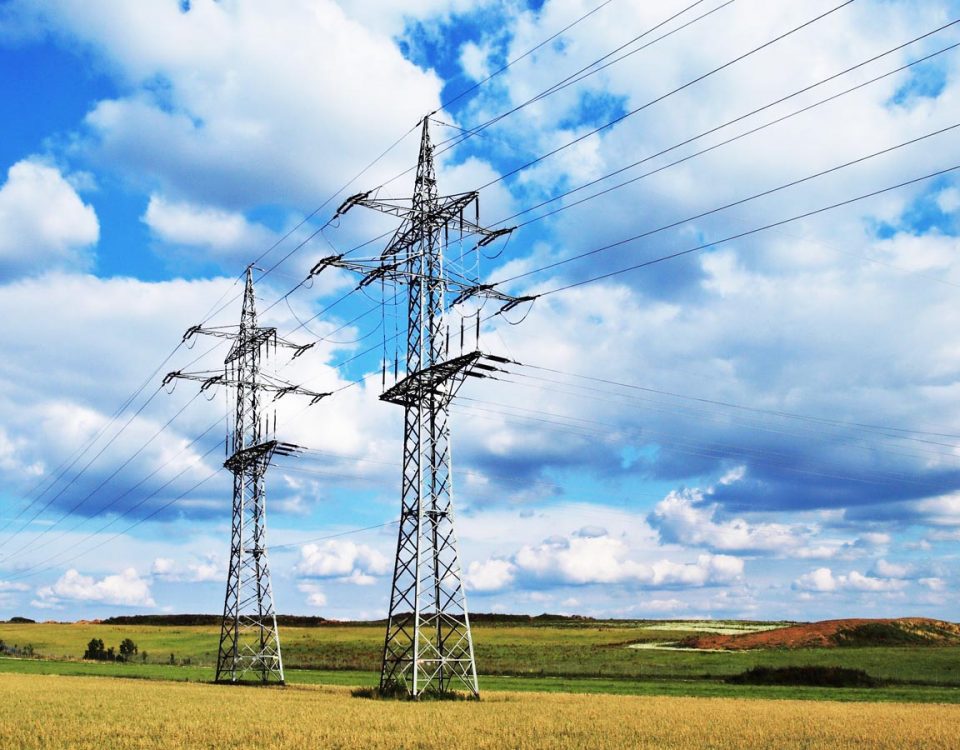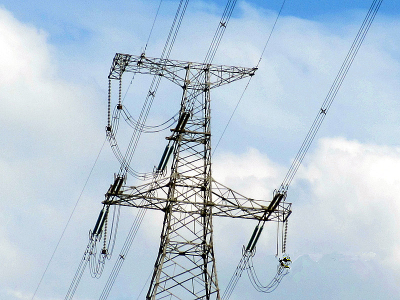
Communication tower foundation selection and design
February 9, 2024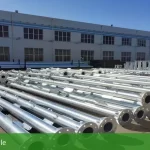
Jielian Steel Tower Introduction
May 27, 2024132kV Galvanized Steel Power Transmission Tower
132kV Galvanized Steel Power Transmission Tower
Overview
A 132kV power transmission tower is a structural component designed to support high-voltage electrical conductors for transmitting electricity over long distances. These towers are typically constructed from galvanized steel, which offers excellent durability, strength, and resistance to corrosion. This makes them ideal for use in various environmental conditions.
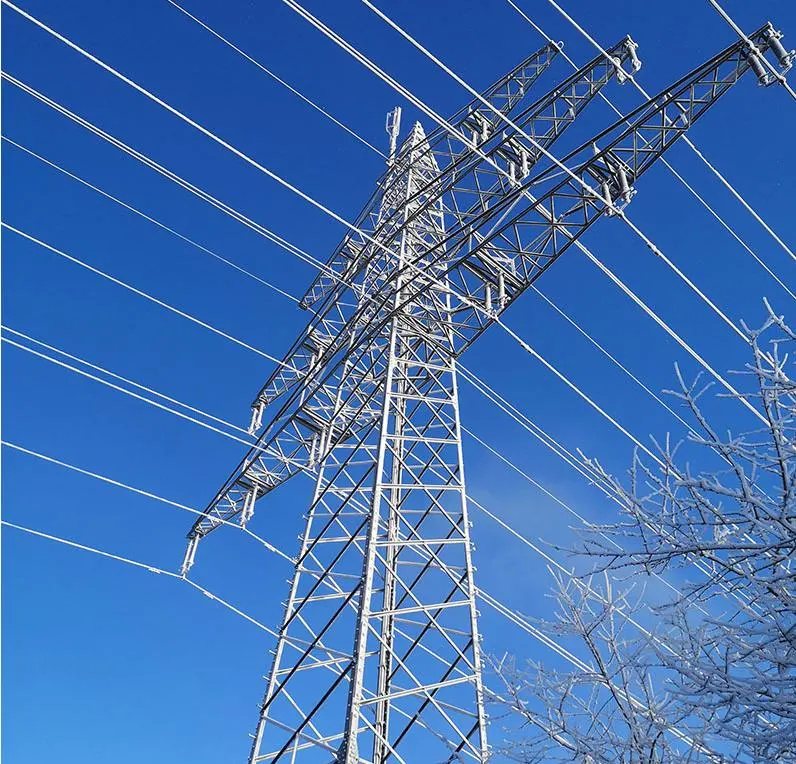
Design and Structure
- Material: The primary material used is galvanized steel, chosen for its high strength-to-weight ratio and resistance to rust and corrosion.
- Components:
- Legs: Vertical members that support the entire structure.
- Cross Arms: Horizontal members that hold the conductors away from the tower.
- Bracing: Diagonal members that provide stability and distribute loads.
- Base Plates: Plates at the bottom of the legs for anchoring the tower to the foundation.
- Types of Towers:
- Suspension Towers: Used to support straight-line sections of the transmission line.
- Tension Towers: Placed at points where the line changes direction or has a long span.
- Transposition Towers: Used to change the relative positions of conductors to balance the line.
Specifications
- Voltage Rating: Designed to carry 132kV high-voltage lines.
- Height: Typically ranges between 20 to 50 meters, depending on the terrain and clearance requirements.
- Span Length: The distance between two towers usually ranges from 300 to 400 meters.
- Load Capacity: Designed to withstand various loads, including conductor weight, wind loads, and ice loads.
Galvanization Process
- Hot-Dip Galvanization: The steel components are dipped into molten zinc, forming a protective layer that prevents rust and corrosion.
- Advantages:
- Longevity: Extends the life of the tower significantly.
- Low Maintenance: Reduces the need for frequent maintenance and repairs.
- Durability: Provides excellent resistance to harsh weather conditions and pollutants.
Benefits of Galvanized Steel Towers
- Corrosion Resistance: The zinc coating protects the steel from rust and corrosion, even in aggressive environments.
- Strength and Stability: Galvanized steel offers high structural integrity, essential for supporting heavy electrical conductors and withstanding environmental stresses.
- Cost-Effective: Though initial costs may be higher, the reduced maintenance costs and extended lifespan make galvanized steel towers economically advantageous.
- Ease of Installation: Prefabricated components can be quickly assembled on-site, reducing construction time and labor costs.
- Environmental Tolerance: Suitable for a wide range of environmental conditions, from coastal areas to industrial zones.
Product Description
| Height | From 10M-100M or according to client’s requirement |
| Suit for | Electric Power Transmission and Distribution |
| Shape | Angular / tubular lattice or monopole |
| Material | Normally Q235B/A36,Yeild Strength≥235MPa |
| Q355B/A572,Yeild Strength≥355MPa | |
| As well as Hot Rolled coil from ASTM572, GR65,GR50,SS400 | |
| Power Capacity | 0.4kV to 500kV |
| Tolerance of the dimension | According to client’s requirement |
| Surface treatment | Hot-dip-galvanized following ASTM123, or any other standard by client’s requirement |
| Joint of Poles | Bolt connected, flanged connected |
| Standard | ISO9001:2008 |
| Length of per section | Within 13M once forming |
| Welding Standard | AWS(American Welding Society)D 1.1 |
| Production Process | Raw material test-cutting-bending-welding-dimension verify-flange welding-hole drilling-sample assemble-surface clean-galvanization or power coating /painting-recalibration-packages |
| Packages | Packing with plastic paper or according to client’s requirement |
| Life Period | More than 25 years, it is according to installing environment |
Applications
Galvanized steel power transmission towers are used in various settings, including:
- Urban Areas: High-voltage transmission lines that traverse cities and densely populated regions.
- Rural Areas: Long-distance transmission lines that connect remote power generation sites to urban centers.
- Industrial Zones: Areas where robust and reliable power transmission is critical to support industrial activities.
- Renewable Energy Projects: Connecting wind farms, solar power plants, and other renewable energy sources to the grid.
Maintenance and Inspection
- Routine Inspections: Regular visual inspections to check for signs of corrosion, structural damage, or wear.
- Preventive Maintenance: Includes tightening bolts, replacing worn components, and applying additional protective coatings if necessary.
- Monitoring Systems: Implementing remote monitoring systems to track the structural health and performance of the towers in real-time.
Conclusion
132kV galvanized steel power transmission towers play a crucial role in the efficient and reliable transmission of electricity over long distances. Their robust design, resistance to corrosion, and ease of maintenance make them an ideal choice for modern power transmission needs. By leveraging the benefits of galvanized steel, these towers ensure a stable and enduring infrastructure capable of meeting the demands of growing power consumption and supporting the integration of renewable energy sources.

